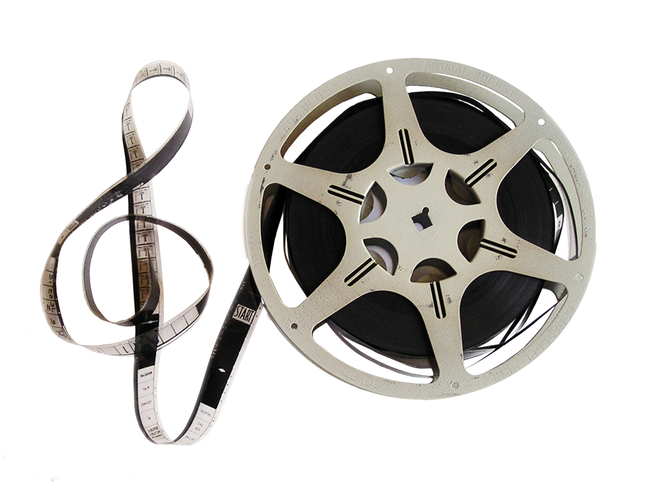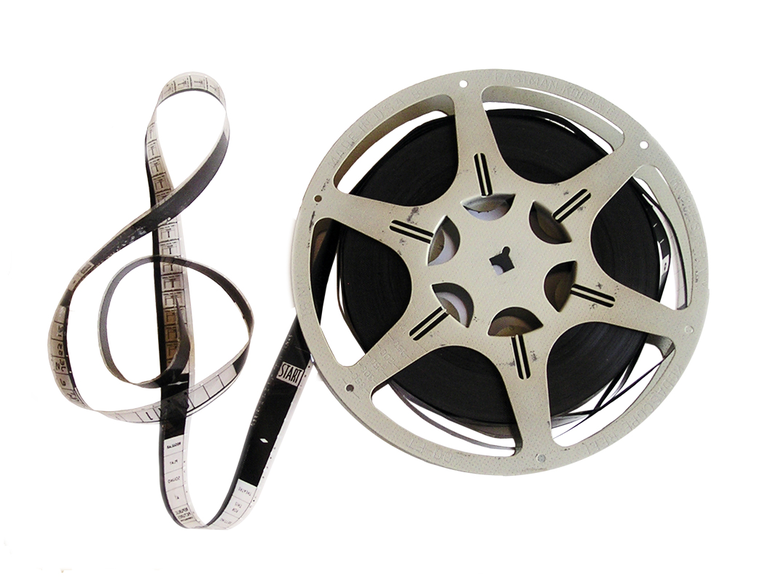In a previous ECCO blog post we presented synchronization licensing as an additional source of music-related income worth exploring by music creators within the Eastern Caribbean.
Synchronization Licensing is defined by CDbaby.com as “the process of playing an existing composition and/ or audio recording in conjunction with a moving picture of any kind: TV show, commercial, film, video game, corporate presentation, Youtube clip, etc. (Or on radio commercial with voice-over).”
Synchronization licensing fees can range from a couple hundred dollars to thousands of dollars depending on the scope of the placement. From our research we’ve come across listings from licensing boutique companies with payouts ranging from US$750 to US$3,000 for small budget independent films. Meanwhile an article by the American Society of Composers, Authors and Publishers (ASCAP) notes that, “the synch fees for major films (which include home-video rights) charged by music publishers are usually between $15,000 and $75,000, with the majority between $20,000 and $55,000.”
Yet beyond the one-time synchronization licensing fee payment, successful placement of a song in a film, TV show, or commercial can also result in an increased stream of performance rights royalties. This is because any airing or broadcasting of the film, commercial or TV show within which the song was synched—whether by movie theatres, cinemas, cable companies, or television stations—constitutes a public performance of the song, which therefore entitles the owners of the song to royalty compensation for the communication of their their copyright work to the public from these various media houses/companies.
Section 8 of the Copyright Act of Saint Lucia which speaks to the nature of copyright lists—among other things—that “the owner of copyright shall have the exclusive right to do, authorize, or prohibit,” “public performance of the work,” “broadcasting of the work,” as well as “communication to the public of the work.”
An article from the World Intellectual Property Organization (WIPO) explains that “a public performance is considered under many national laws to include any performance of a work at a place where the public is or can be present, or at a place not open to the public but where a substantial number of persons outside the normal circle of a family and its close acquaintances are present.”
WIPO further notes that “Public performance also includes performance by means of a recording. Thus a musical work is considered publicly performed when a sound recording of that work, or phonogram, is played over amplification equipment.”
Copyright law therefore requires cinemas, movie theatres, TV stations, cable companies, and other companies which electronically communicate music works to the public to obtain performance rights licenses in order to compensate the music owners. It becomes evident then, that a music owner who is able to get a sync deal with a large motion picture which will air in cinemas worldwide, and across a range of cable networks has the potential of earning a significant amount from performance royalties.
It’s important to note though, that while the synchronization license, and therefore the payment of the sync fee, is handled directly between the song owner or publisher and the movie/TV show/Commercial production house, public performance rights is handled by Collective Management Organisations such as ECCO.
This, WIPO explains, occurs as a result of the nature of public performance. “An author cannot contact every single radio or television station to negotiate licenses and remuneration for the use of his works. Conversely, it is not practical for a broadcasting organization to seek specific permission from every author for the use of every copyrighted work. The impracticability of managing these activities individually - both for the owner of rights and for the user - creates a need for collective management organizations (CMOs). These organizations ensure that creators receive payment for the use of their works,” says WIPO.
WIPO goes on to note that CMOs most commonly take care of the following rights:
- “The right of public performance (music played or performed in discotheques, restaurants, and other public places);"
- “The right of broadcasting (live and recorded performances on radio and television);"
- “The mechanical reproduction rights in musical works (the reproduction of works in CDs, tapes, vinyl records, cassettes, mini-discs, or other forms of recordings);"
- “The performing rights in dramatic works (theater plays);"
- “The right of reprographic reproduction of literary and musical works (photocopying);“Related rights (the rights of performers and producers of phonograms to obtain remuneration for broadcasting or the communication to the public of phonograms)."
The WIPO article further states that the CMO will therefore “negotiate with users (such as radio stations, broadcasters, discotheques, cinemas, restaurants and the like), or groups of users and authorizes them to use copyrighted works from its repertoire against payment and on certain conditions.”
As such within the Eastern Caribbean, ECCO is empowered under the copyright act to collect performance royalties from cinemas, TV stations, cable networks and other relevant institutions for the use of copyright music in film, TV shows and video commercials; and remit to the respective song owners.
References:
http://www.wipo.int/edocs/pubdocs/en/wipo_pub_909_2016.pdf
http://www.wipo.int/copyright/en/management/
https://www.ascap.com/music-career/articles-advice/music-money/money-pictures
http://diymusician.cdbaby.com/music-rights/what-is-sync-licensing-what-are-synchronization-rights/
Picture sourced from: http://maag.guides.ysu.edu/film-music











